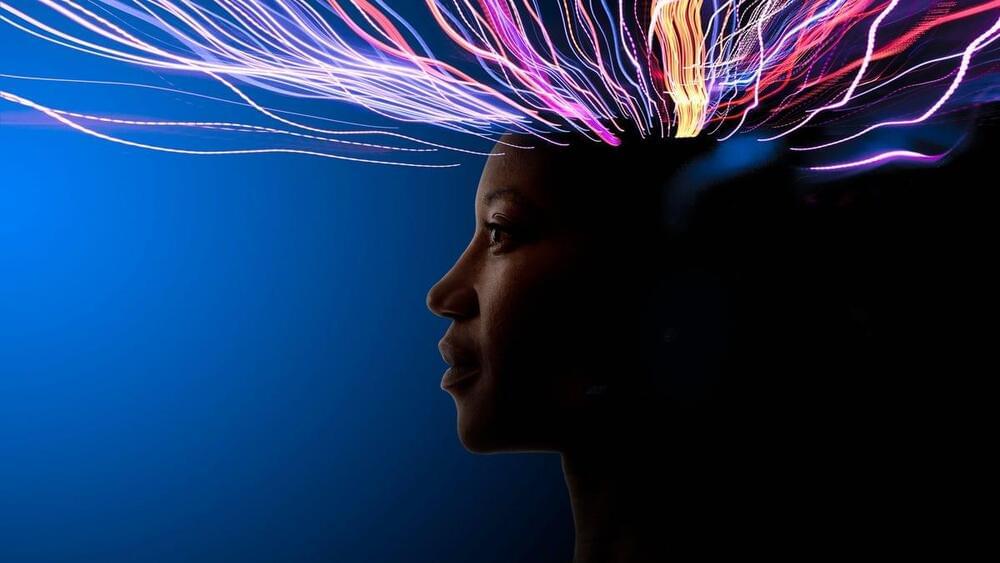Soldiers and tanks may care about national borders. Cyber doesn’t.



A video on what happened.
What a wild ride!
— About ColdFusion –
ColdFusion is an Australian based online media company independently run by Dagogo Altraide since 2009. Topics cover anything in science, technology, history and business in a calm and relaxed environment.
ColdFusion Discord: https://discord.gg/coldfusion.
Podcast: https://open.spotify.com/show/3dj6YGjgK3eA4Ti6G2Il8H
Do you have a longevity supplement stack? I do not at this time but this might help you. Interesting that Sinclair takes C60 but I heard that was not good for you. This video is annotated with many chapters.
In Part Four of our Instagram LIVE super series, @David Sinclair & I chat about molecules and supplements for longevity! Our hope is that you come away from this conversation with tangible tips and an understanding of how these types of supplements can maximize longevity.
In Dr. David Sinclair’s fourth Lifespan Podcast episode, he narrows in on drugs and supplements that have been reported to combat aspects of aging…sharing the latest experimental and clinical data for NAD boosters, resveratrol, fisetin, quercetin, rapamycin, spermidine, metformin, and berberine. Given the interest, a special focus is placed on the NAD precursors nicotinamide riboside (NR) and nicotinamide mononucleotide (NMN).
…So how do these interventions influence aging at the molecular and physiological levels?
IN THIS IG LIVE REPLAY WE COVER:

😀
Plants absorb a vast amount of toxic mercury gas in the atmosphere and help reducing the pollutant worldwide by depositing the element into soils, said researchers.
The process is similar to the absorption of carbon dioxide emissions by plants, said the team from University of Massachusetts Lowell, in the US.
Hundreds of tonnes of mercury each year are emitted into the atmosphere as a gas by burning coal, mining and other industrial and natural processes.

Circa 2017
(Inside Science) — On the fictional Star Wars planet Tatooine, moisture farmers erect tall white structures called vaporators to pull valuable water from the desert air. Now researchers on planet Earth have built a device to perform the same basic task. They estimate a suitcase-sized version could harvest enough drinking water per day for a family of four. The device is described in a paper published in the journal Science.
The team, made up of scientists from the University of California, Berkeley and the Massachusetts Institute of Technology in Cambridge, expects the device to be most useful in arid regions and in areas where the traditional water supply is polluted. The system relies on the unique properties of a relatively new type of material called a metal organic framework, or MOF.
MOFs were originally created in the mid-1990s by stitching together metal clusters and organic, or carbon-containing, molecules to form a fine porous structure. The tiny pores help the materials absorb large amounts of liquids or gases.
Work remotely, work more jobs.
With the pandemic’s turbocharged acceleration of remote work options, many employees have sought to capitalize on the lack of personal supervision by secretly working two (or more) full-time jobs at once. But while there’s more money to be made, the strategy brings with it significant tradeoffs, namely mental health.
#Jobs #FutureofWork #BloombergQuicktake.
“The Future of Work” explores how work has changed during the Covid-19 pandemic, and which of these changes are likely here to stay — looking at office spaces, the shift in work culture, managers, & their employees from both a macro & micro level. Check out the rest of the series here: https://youtube.com/playlist?list=PLqq4LnWs3olXfYle__avndejcvzm-hDGA
——-
Like this video? Subscribe: https://www.youtube.com/Bloomberg?sub_confirmation=1
Become a Quicktake Member for exclusive perks: https://www.youtube.com/bloomberg/join.
QuickTake Originals is Bloomberg’s official premium video channel. We bring you insights and analysis from business, science, and technology experts who are shaping our future. We’re home to Hello World, Giant Leap, Storylines, and the series powering CityLab, Bloomberg Businessweek, Bloomberg Green, and much more.

Fraunhofer ISE has developed a process for recycling the silicon in old solar panels.
The big knock on new technology like electric cars and solar panels is that they are not recyclable. People haven’t cared a flying fig leaf about recycling stuff for the past 100 years. If they did, citizens would be at the gates of the corporate headquarters of Nestlé, Coca Cola, and Pepsi with flaming torches and pitchforks demanding they stop inundating the Earth with their endless profusion of waste products.
But suddenly, people are all atwitter about what will happen to the batteries of electric cars. Fearmongers on the internet are telling people they will have to drive their old electric cars into lakes and rivers when they stop working. The amazing thing is, people believe that codswallop and repeat it to their friends as if it were carved on the stone tablets Moses brought down with him when he descended the mountain. So much for public education making people smarter.
Another cry you hear from the anti-technology crowd is that millions of old solar panels will be dumped into landfills to fester for centuries. Horse-puckey! Do we need a way to recycle solar panels? Yes, we do. And are responsible adults working on such systems as we speak? Yes, they are. Calm down, people. Everything you read on Twitter or Facebook is not gospel. And let’s not get started on the deliberate misinformation spewed by the talking heads on Faux News 24 hours a day.
Circa 2020
Autopilot has been around longer than you think. Indeed, in 1914, just 11 years after the Wright Brothers first ushered humanity into the aviation age, a fellow named Lawrence Sperry built a gyroscopic self-stabilization system into a Curtiss C-2. It was capable, he claimed, of keeping an aircraft straight and level and pointed in a consistent direction on the compass, and he put on a spectacular public demonstration at the Seine just outside Paris to prove it.
First, he did a pass by the crowd with his hands clearly up in the air. Then, he did the same with an assistant standing on one of the wings, moving about to throw the weight balance off. Then he made a third pass where both pilot and passenger went out and stood on the wings. The crowd went bananas. Those magnificent men and their flying machines!
But Sperry was not satisfied. Through World War 1, he worked on a number of designs for a fully self-flying aircraft, including the Hewitt-Sperry Automatic Aircraft and the Curtiss-Sperry Flying Bomb, which is regarded by some as an early precursor of today’s cruise missiles. These were never fully successful, and the relevant Wikipedia page makes for some entertaining reading with phrases like “When last seen, the N-9 was cruising over Bayshore Air Station at about 4,000 feet (1,200 m), heading east. It was never seen again.”
In this episode of UpOnly, the creator of Ethereum Vitalik Buterin talks origin stories, his motivation, the future of Ethereum, and even biological sciences.
Presented by FTX: https://uponyl.tv/ftx.
Full show notes: https://uponly.tv/vitalik-buterin-on-ethereum-and-immortality/
Timestamps.
0:00 — Intro.
1:30 — What does Vitalik do outside of crypto? / The Invention of Language.
5:50 — What did Vitalik imagine himself doing before crypto?
8:57 — OG Canadian Crypto Scene / What do you wish you had done differently?
13:30 — Future Plans Outside of Ethereum.
15:30 — Family and Crypto.
16:50 — Ethereum Alternatives.
20:35 — Proof of Stake / NFTs.
28:15 — Where The Future is Going / Crypto Beyond Financialization.
32:25 — Ethereum Sharding / zk-STARK / MEV
36:10 — User Experience Hurdles / Multisig / Reducing Risk.
41:37 — Who is Satoshi Nakamoto?
43:35 — Donating SHIBA to Charity.
46:25 — Best Vitalik Memes.
50:06 — Multi-Chain Future vs. a Cross-Chain Future / Layer 2 / Systemic Risk.
58:30 — Layer 2 Decentralization.
1:00:05 — Implications of zkEVM
1:04:03 — Archivability of Blockchains.
1:07:14 — Security and Risks / Simplicity of Code / Web Standards.
1:12:25 — Privacy.
1:14:42 — Anti-Aging / Immortality / Adopting New Technology.
1:29:17 — Multi-planetary World / Antarctica / Cultural Shifts.
1:35:40 — Important Social Trends.
1:38:30 — Alpha